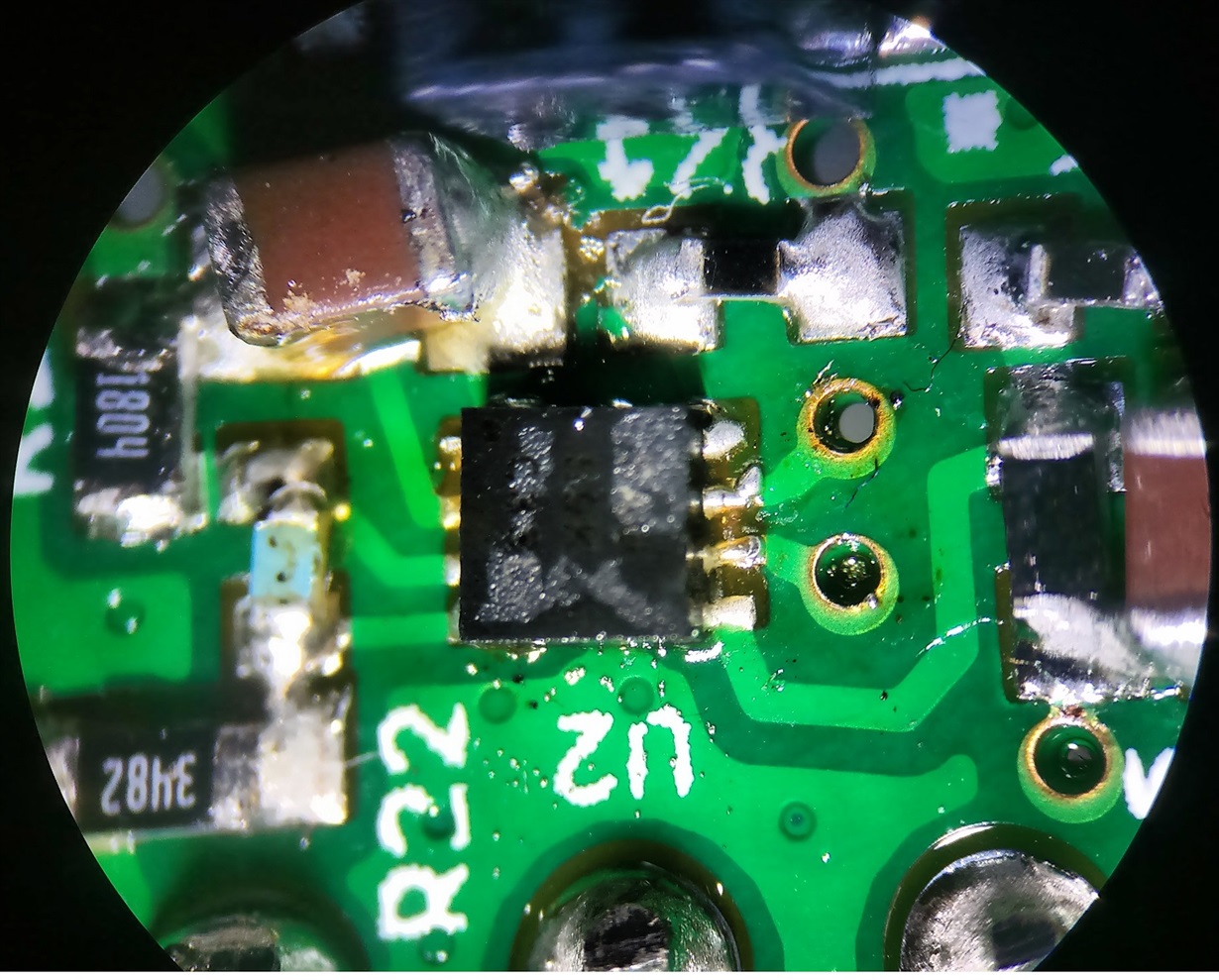Other Parts Discussed in Thread: TPS560200, PMP, CC2630, TPS62120, TPS62160
Hi,
I have PMP4447 based AC/DC converter that converts AC to 12 Vdc. And then, I am using TPS62125 as TI Webench suggested. Here is my schematics:
and the layout (TPS62125 is highlighted)
I have two issues with the TPS62125. I manufactured 100 pcs of this converter and I had almost 10-12% fail ratio. They were manufactured on a reflow oven by following standard reflow cycle (max 265 C for 5 sec). All failures were related to TPS62125 the modules worked fine after replacing the TPS62125. Somehow I also feel that it is too ESD sensitive.
The second issue is that those 80 of those 100 modules are on the field and I had failure on about 5 of them. Those 5 had a failure on TPS62125 and worked fine after replacing them with a new TPS62125. I am not sure if it was a spike, ESD, or anything else caused the problem, but it looks like TPS62125 is too gentle to use it. I wonder if there is any visible issue with my schematics or layout? I am considering to replace TPS62125 with TPS560200. Would you recommend TPS560200 as a replacement or another part?
The purpose of converting 3.2 V from 12V is to power CC26xx or CC13xx based RF chip. It is requires very low current. A consideration would be that it shouldn't cause disturbance to the RF chip.
Another question related to the above schematics. Would you recommend to use a TVS before the TPSxxx chip? I wonder if the 12V on PMP4447 may cause some spikes if there is any issue with the AC main. (it is an industrial application). I am using the same BOM list of the PMP 4447 including the Wurth Transformer.
I would appreciate your comments. Thank you.
| 750841034 |






